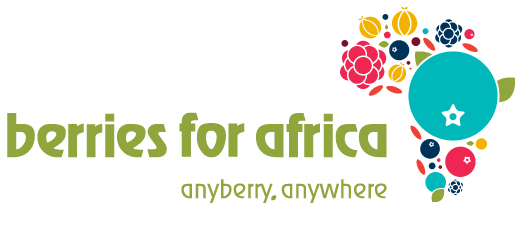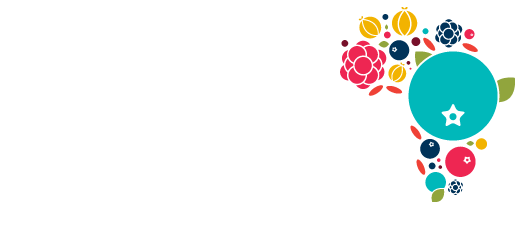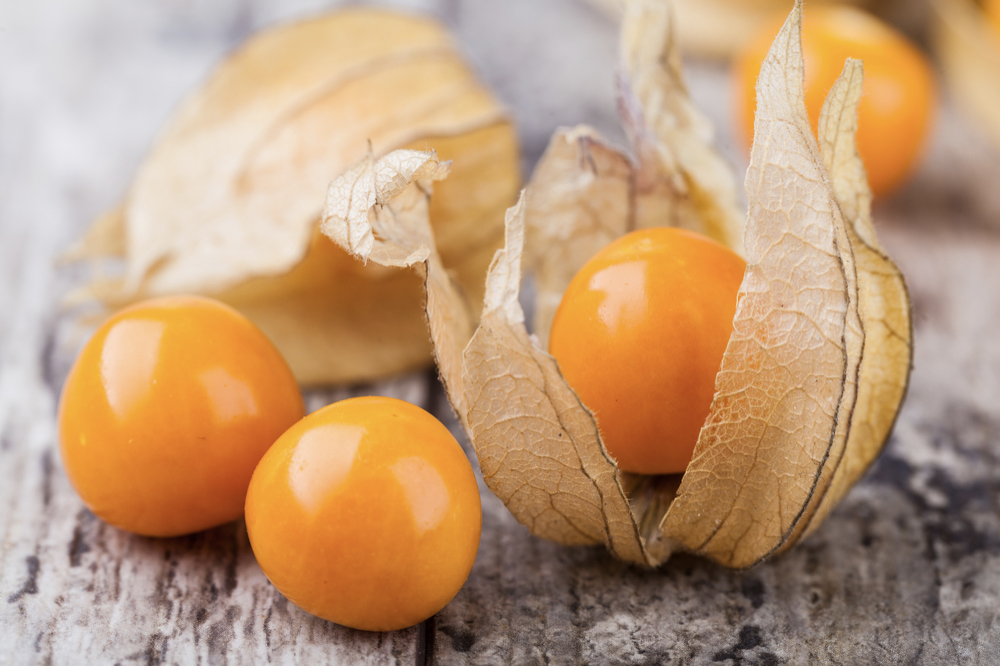According to the Berry Association, there was a 7% increase in the demand for berries, both locally and internationally. It is clear that even in a somewhat challenging economic environment, more people are adding berries to their diet.
Easy to grow
Apart from 20 other berry types that Berries For Africa grows, the Cape Gooseberry (physalis peruviana) is an easy-growing plant that adapts to most climates and soil types. As with most berries, it is a nutrient-loaded fruit with many health benefits, and also has highly profitable returns compared to most other popular berry and fruit crops. Because the Cape Gooseberry can be grown directly in most soils, even heavy soils with a clay content as high as 35%, and does not require expensive tunnel or bird/shade netting systems, gooseberry production requires a fairly low start-up cost.
Quick to produce
The large hardened off seedlings (plugs) can be planted directly into the soil and could start to produce the first fruit within only 100 days after planting. The plants will then continue to flower and fruit for many months before going dormant for a month or two in most climates before making new shoots, leaves, and flowers in the following season.

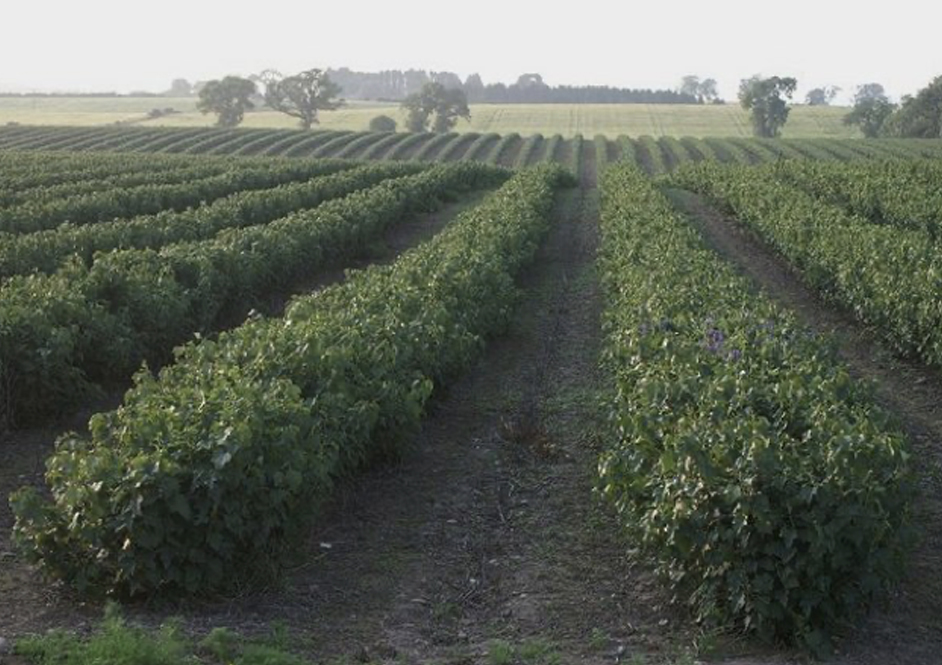
Yields
Most gooseberry producers report yields of 10 to 15 tons per hectare,although higher yields have been reported in milder and sub-tropical climates where the plants produce one or two more fruit flushes per year. Similar to tomato, it is a frost-sensitive plant, but grows back after winter when planted in colder areas. Although we do recommend not growing them in areas with very cold winters, we did supply a gooseberry farmer in Dullstroom, Mpumalanga, South Africa, where winter temperatures get as low as -8 Degrees Celsius and the farmer still managed to produce yields of 8 tons per Ha.
The economics:
CAPEX
Depending if planted directly into the soil and use of an organic mulch and/or herbicide or plant on a raised bed which is then covered with a synthetic woven mulch such Weedmat or Agrimulch, the initial investment (setup costs) varies between R190,000 and R280,000 per hectare. This includes soil rectifications, automated irrigation systems, plant material, and consumables such as fertilizers for the first year. The price difference is also due to the scale of the operation as well as the different options between a timed water irrigation or a basic automated system that also feeds soluble fertilizer through the driplines and feeds from two concentrated A and B tanks. In most cases, the latter is not used where gooseberry farmers choose to rectify the soils and also add the necessary fertilizers in the soil before or right after planting which usually is sufficient for the year’s growth. The plants are then only irrigated with water through the drip lines. Leave samples are usually taken every few months to determine if the plants require any additional fertilizers which can then be top-dressed or applied by foliar sprays.
OPEX
The operational costs are mostly determined by the labour, fertilizers, pest and disease management, electricity, fuel, salaries and small tools such as battery-operated backpack sprayers. Most gooseberry producers report that they employ one full-time staff per hectare with 2 to 5 part-time staff which are mostly pickers during the harvesting periods. The part-time staff number and frequency varies between the size of the plants and climate/season.
The Cape gooseberry is an easy-growing and resilient plant. The variety that Berries For Africa grows is called Giant which produces a large berry up to 27mm in diameter and has a good brix percentage and shelf life. The plant is also resistant to most diseases and pests although some producers need to manage pests such as red spider mite, bollworm, codling moth and two striped potato beetle. Although there are many chemical pesticides registered to be safely used on gooseberry plants, most producers opt for the more organic and biological control option to either introduce natural predatorial insects such as phytoseiulus cucumeris, californicus (predatorial mites) or Trichogrammatoidea cryptophlebiae (small predatorial wasp). These predators can be ordered and usually come in containers that contain around 25,000 insects which costs only about R500 per container. They are then released on the plants which will then scout and control the specific pests. We switched to this approach years ago in our nursery and found that these more natural solutions cost less than half compared to the chemical counterparts and that even excludes the labour and breakage costs with the spay equipment. We have included a pest management program at the cost of R12,000 per hectare bringing the total operational cost per hectare per year to approximatelyR270,000.
Revenue
Market prices supplied by reputable markets and agents such as RSA Group, the Johannesburg Fresh Produce Market, and United Export, who are trading with fresh Cape Gooseberries reported prices between R70 and R130 per kilogram during the last 12 months. If a conservative calculation is made on the annual harvest of 10 tons per hectare at the lower-end price of R70/kg, a revenue of R700,000 per hectare can then be expected.
Other gooseberry products
Apart from the fresh berries which have a very good shelf life of more than 5 weeks, the gooseberries can also be dried which dramatically lengthens its shelf-life to closer to 18 months. There is also a growing demand for dried gooseberry as consumers are becoming more interested in healthier and nutritional snacks that can be stored at higher temperatures similar to nuts and other dried fruit.
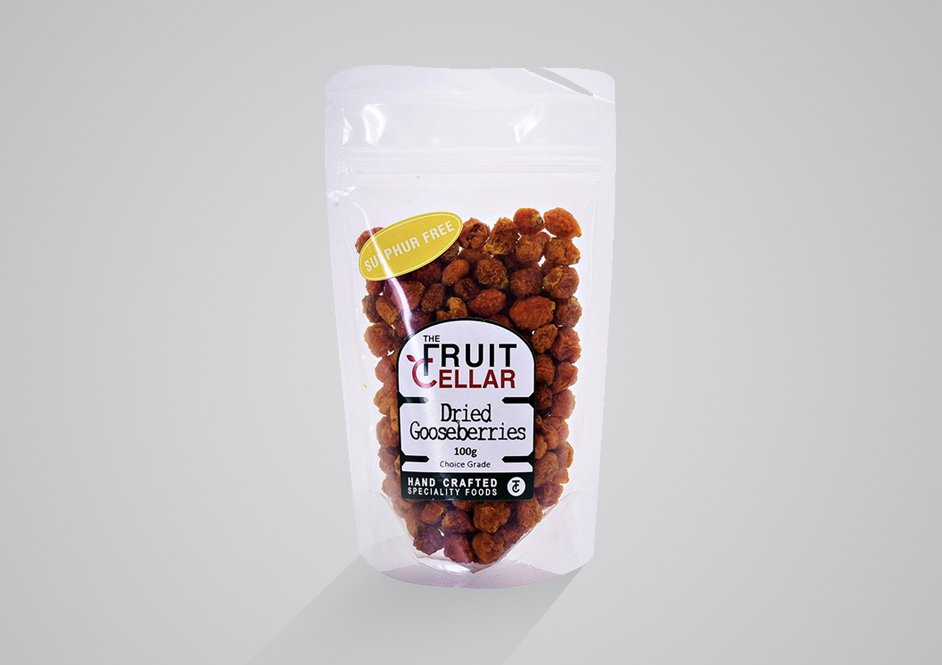
Companies such as C-Fruit in Cape Town, not only purchase fresh berries from some of our berry producers but also dry them and produce chocolate / yogurt-coated berries.
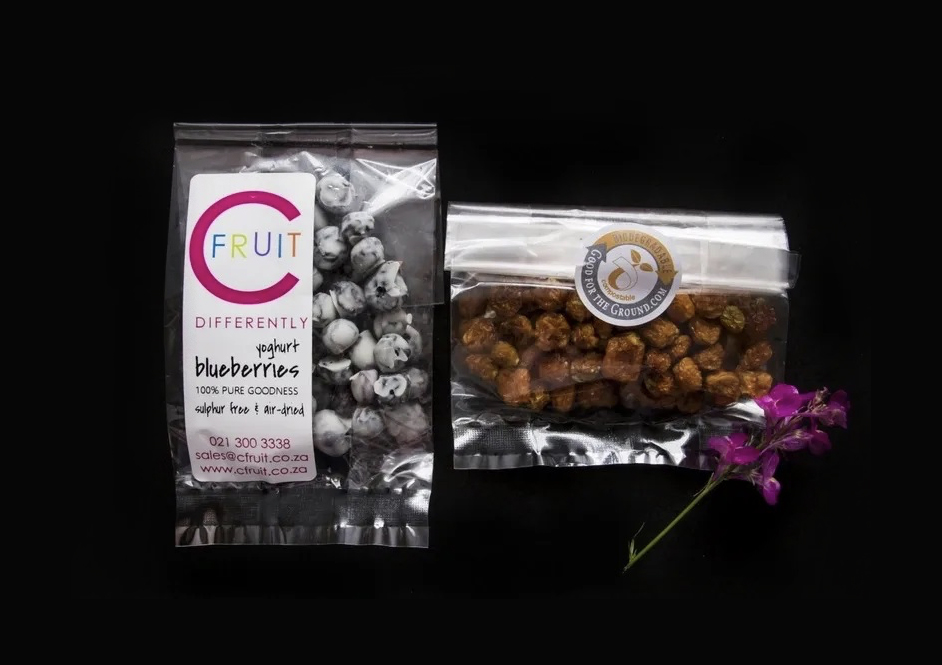
Most are familiar how well the Cape Gooseberry can be used to make good jam which is also a popular byproduct and has a great shelf-life. Some producers use their second-grade fruit which is good but not necessarily aesthetically pleasing to make jams, yogurts, syrups, or canned fruit.
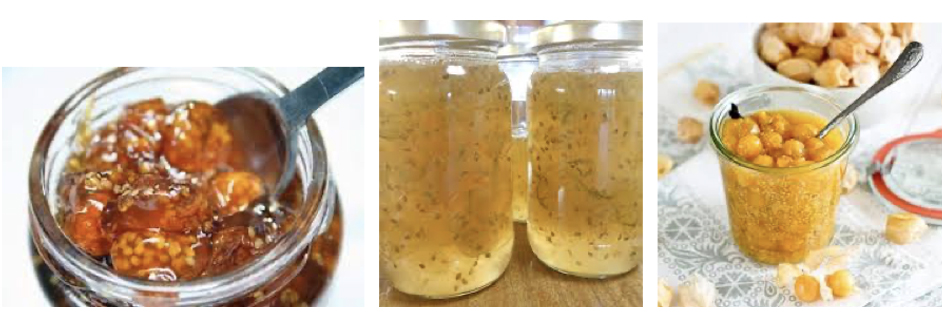
The berries can also be used in salads, stews and desserts.
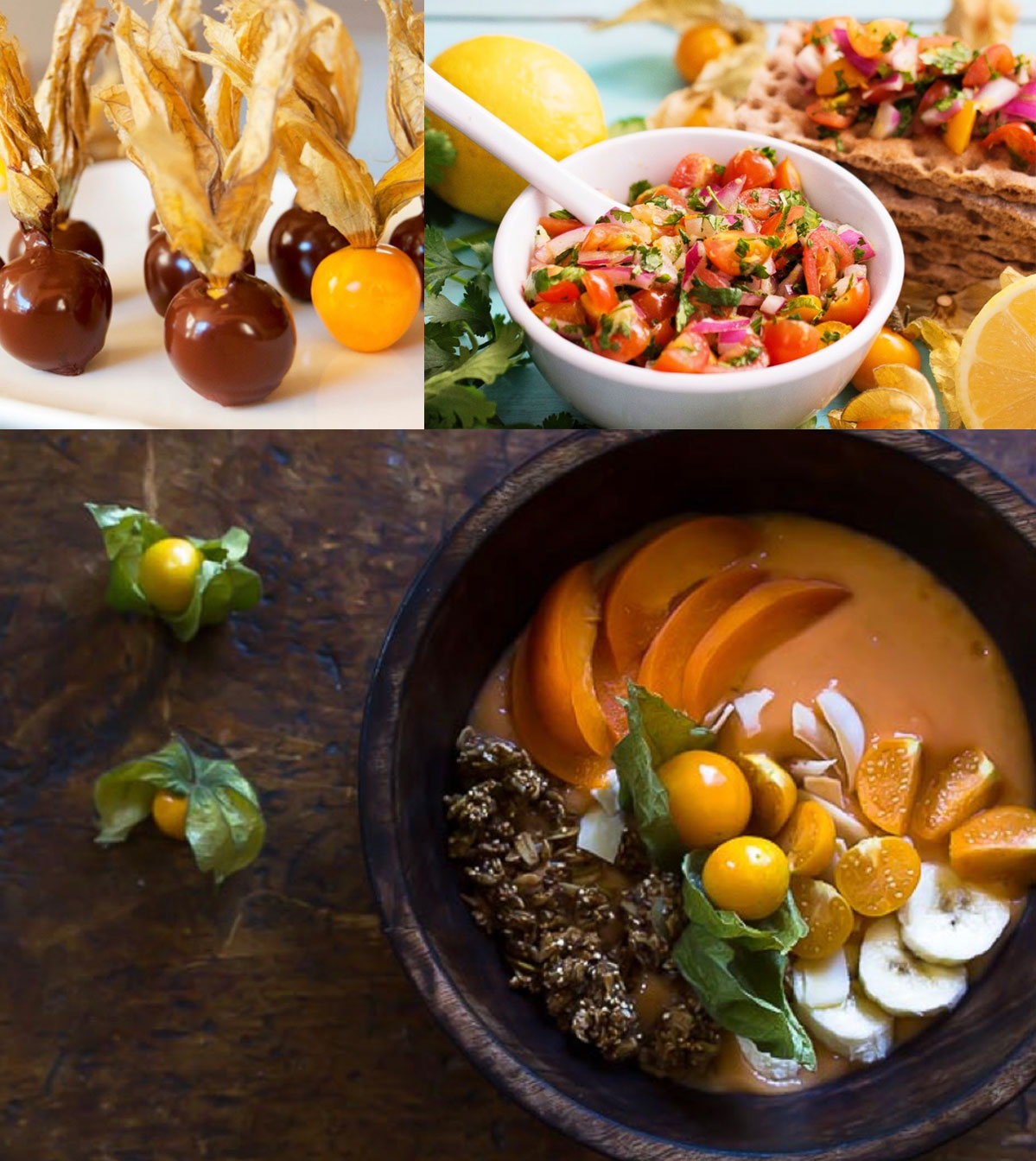
Planting time
The best would be to prepare the soil through autumn and winter as the best time to plant gooseberry plants is in spring although they can be planted any time of the year in areas with milder winters. Depending on the season that the growing process is started, and the required volumes, it can take 5 to 8 months to grow and harden off the gooseberry plugs, so orders need to be placed in advance to accommodate the planting schedule.
Home Growing
If you are not into commercial farming and plan to plant a few of the Giant Gooseberry plants at home, Berries For Africa also offers 3L plant options which can be shipped with The Courier Guy nationwide or collected from our nursery in Pretoria.
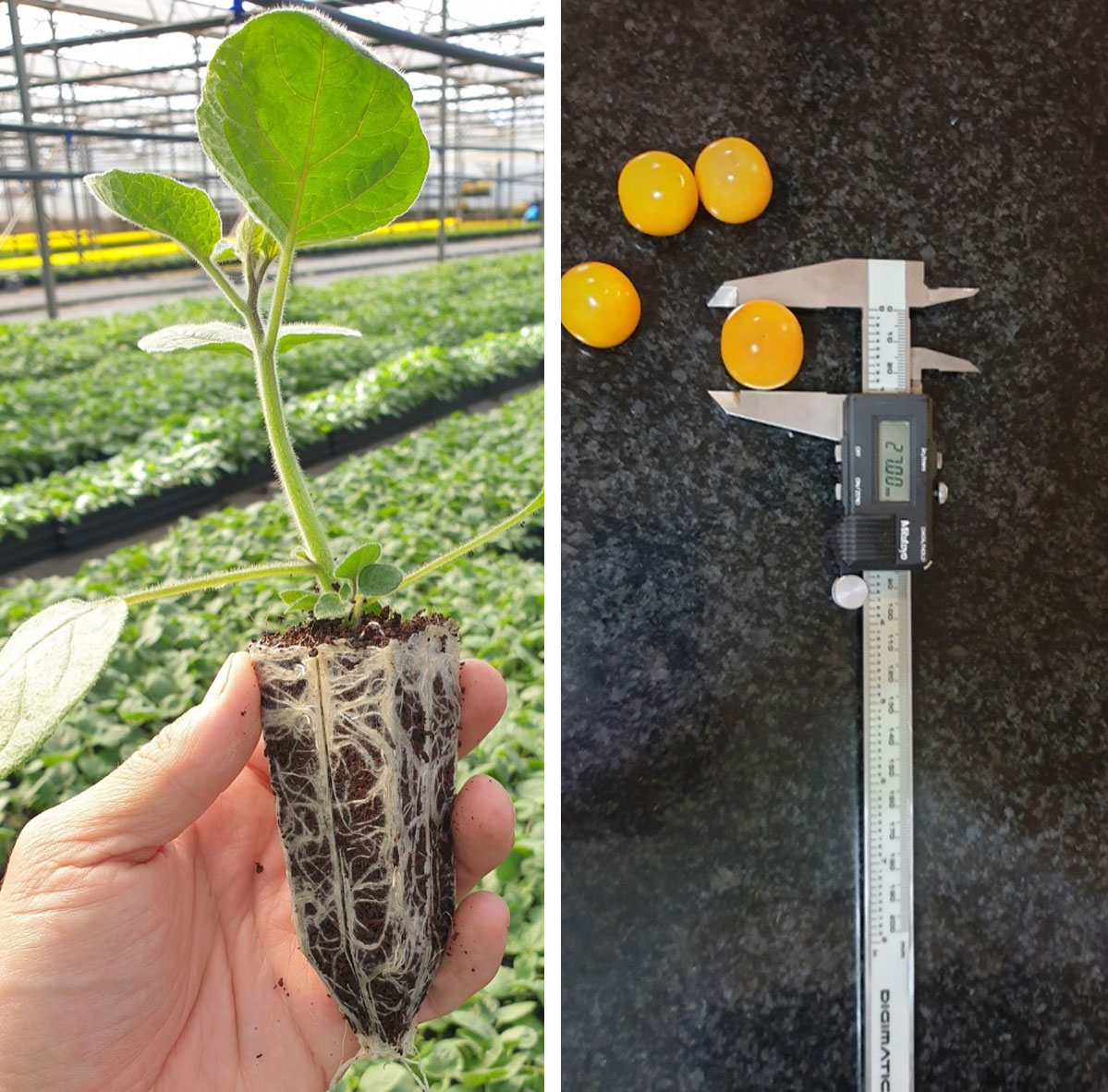
Berries for Africa is a contract nursery grower and supplier of various berry plants. Apart from supplying plants, we offer turnkey consultation services for your production system. These include soil testing and rectifications, planting, fertilizing, trellising, hydroponic systems, integrated pest and disease management, pruning, harvesting, and last but not least, the marketing of your fruit.
For berry plant orders or more information about our consultation services, feel free to contact us at info@berriesforafrica.co.za
